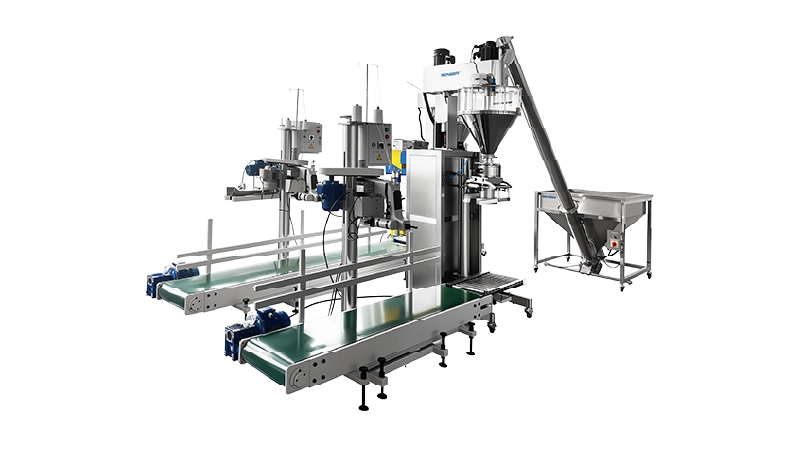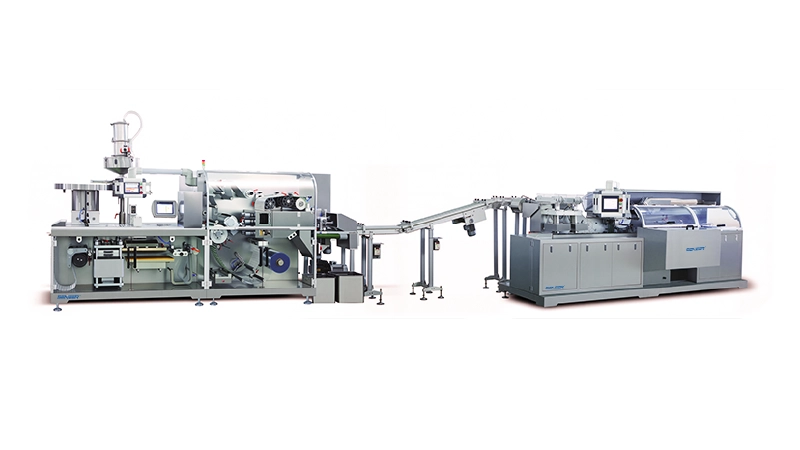Screw Conveyor
Introduction of Screw Conveyor
Screw conveyor, also named auger conveyor, is an industrial conveying equipment mainly used for transporting bulk materials such as powder and granules. It can also be used to move semi-solid or liquid materials or other materials that has a bad flowability. It is widely applied in industries like pharmaceuticals, food and chemicals. This machine solves the difficult problem of transporting a large quantity of solid or semi-solid materials. Its main components include a screw shaft inside the tube and screw blades welded on the shaft. When machine sets up, the screw shaft will rotate and propels the materials forward in the enclosing tube. Screw conveyor can transfer materials along vertical, horizontal or inclined. It greatly boosts the conveying efficiency of material.
Different Types Of Screw Conveyors
There are diverse screw conveyors designed to deal with various materials with different properties. The material in bulk or semi-solid or liquid may be corrosive, abrasive, hygroscopic or bad flowability. So, the contact materials, size, shape and process should be specifically designed according to specific application situations. According to the differences of conveying directions, there are vertical, horizontal and inclined screw conveyors. Except these, there are also shaftless screw conveyor, flexible screw conveyor, etc. Each has its specific application area. For example, the conveying tube and conveyor screw of flexible screw conveyor have certain flexibility and can bend and adjust the conveying path, which is suitable for constrained space.
Find Screw Conveyor According To Your Industry Or Process
Screw conveyors has a wide applications including pharmaceutical, chemical, food processing, waste recycling and construction industries. In the pharmaceutical industry, screw conveyor is used to transport bulk materials like powders and granules. The enclosed structure ensures that there is no materials leakage to reduce the material residuals, so as to reduce the waste of precious drug materials. In the food processing field, it is used to transfer grains, spices and other dry ingredients. The integrated design can ensure the intact of materials during transportation. In the waste recycling field, screw conveyor also plays an important role. The strong transporting ability makes it can easily convey materials that are sticky and wet.
It seems like the structure of screw conveyor is simple, but actually the processes it involves are numerous. The material conveying processes include vertical, horizontal and inclined. Each is suitable for different materials conveying. Take horizontal conveying for example, it is suitable for the transporting of most powder,granular or small bulk materials. The material processing processes involves crushing, blending and sieving(optional). for caked materials, special designed screw blades(function of crushing) can be installed on shaft to crush and grind materials into particles or powders, enhancing the conveying efficiency.
Guidelines For Screw Conveyor
As the global-leading screw conveyor manufacturers, Senieer continuously updates its equipment and develop new and advanced technology to ensure offering the best products to our clients and not fall behind the market development. Providing cutting-edge technology and excellent product quality, Senieer has exported screw conveyors to Southeast Asia (Thailand, Vietnam, Malaysia), Middle East (Saudi Arabia, Iran), Africa (South Africa, Egypt), South America (Brazil, Argentina, Chile). Its applications across pharmaceutical, agricultural, mining, chemical and food industries. Following let us have a detailed look at the working principle, features, and configuration of screw conveyor.
Working Principle Of Screw Conveyor
Screw conveyor is a widely used conveying machine that transfer materials(particles or powder) by the rotating screw shaft. It is a continuous conveying equipment utilizing the rotating spiral blades to propel materials to move forward along tube.
Material feeding
Materials enter the conveying tube/trough through feeding inlet. The feeding inlet locates in one end of screw conveyor, the materials can be added into continuously or intermittently. It is noted that there may be occurring material accumulation or blocking.
Rotating of screw blades
Driving devices(motors and reducers) drive screw shaft to rotate by coupling. Screw blades move as the rotating of screw shaft. The shape and pitch of screw blades determines the conveying direction and speed.
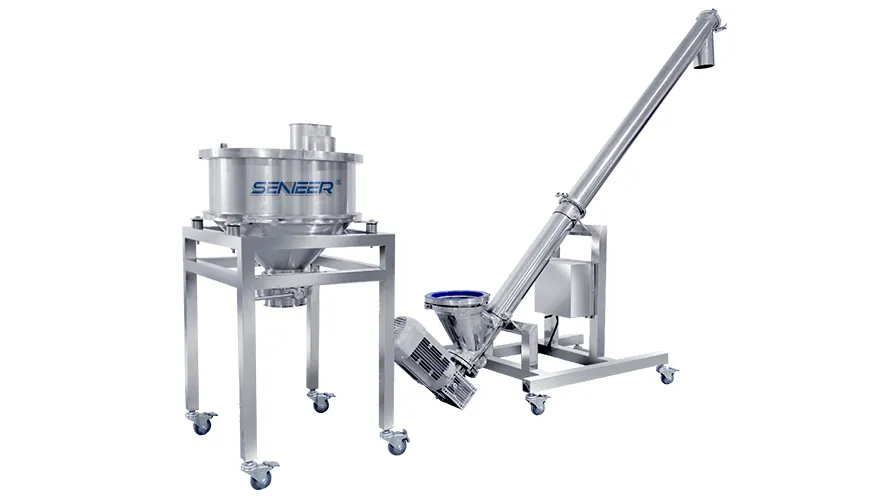
Material conveying
Materials move forwards along the conveying trough under the propelling of screw blades. The movement of materials are achieved by the frictional force between the screw blades and materials.
Discharging of material
Materials are discharged through the outlet which usually locates at the other end. The design of outlet need to be optimized according to the properties and conveying requirements of materials, ensuring the materials can be discharged smoothly and avoiding blockage.
Configuration Of Screw Conveyor
A screw conveyor is constituted of the following key parts:
- Screw shaft: a shaft with screw blades welded on it, which is the core part of material conveying.
- Conveying trough: materials are conveyed inside it, the shape is usually U shape trough or round tube.
- Driving devices: offer power for screw shaft, usually contains motor and reducers.
- Bearings and supporting devices: used for supporting screw shaft and reducing friction.
- Inlet and outlet: the positions of material feeding and discharging.
Features Of Senieer Screw Conveyor
Senieer has been researching and developing new screw conveyors with advanced technology and enhanced productivity. The outstanding features of Senieer screw conveyor are as the following:
- Equipped with adjusting gate in the feeding inlet, for the convenient adjustment of conveying volumes.
- Simple structure, cross-section dimension is
- Excellent sealing, avoiding of cross-contamination.
- Low manufacturing cost, convenient for intermediate feeding and discharging.
- Capable of reversed conveying of materials, and conveying in the opposite directions simultaneously.
- Full quick-assembly connections for easy installation and disassemble.
Choose Your Interested Production Line
Bottle Filling Line
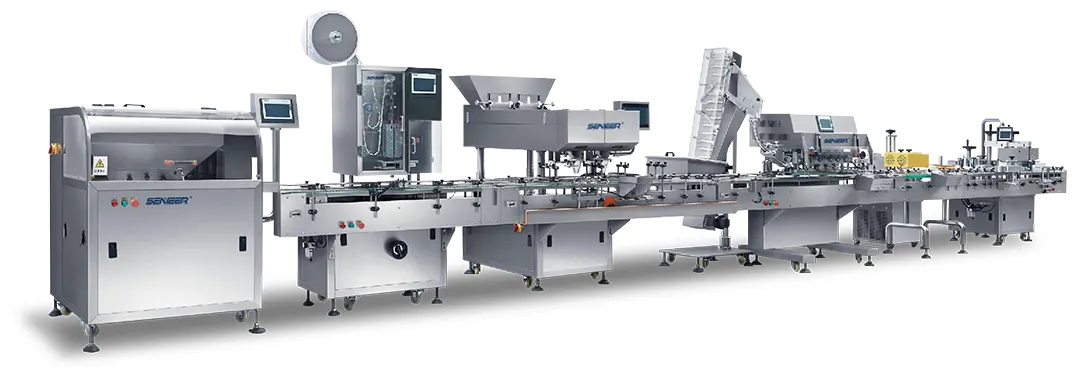
Granulation Line
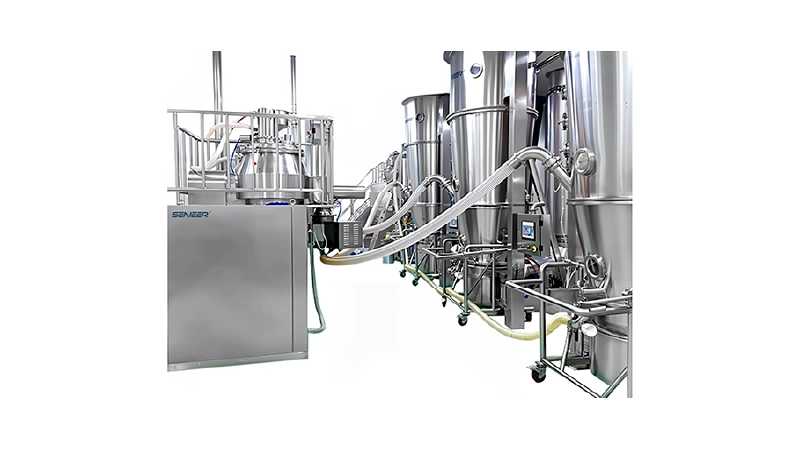
Blister Packaging Line
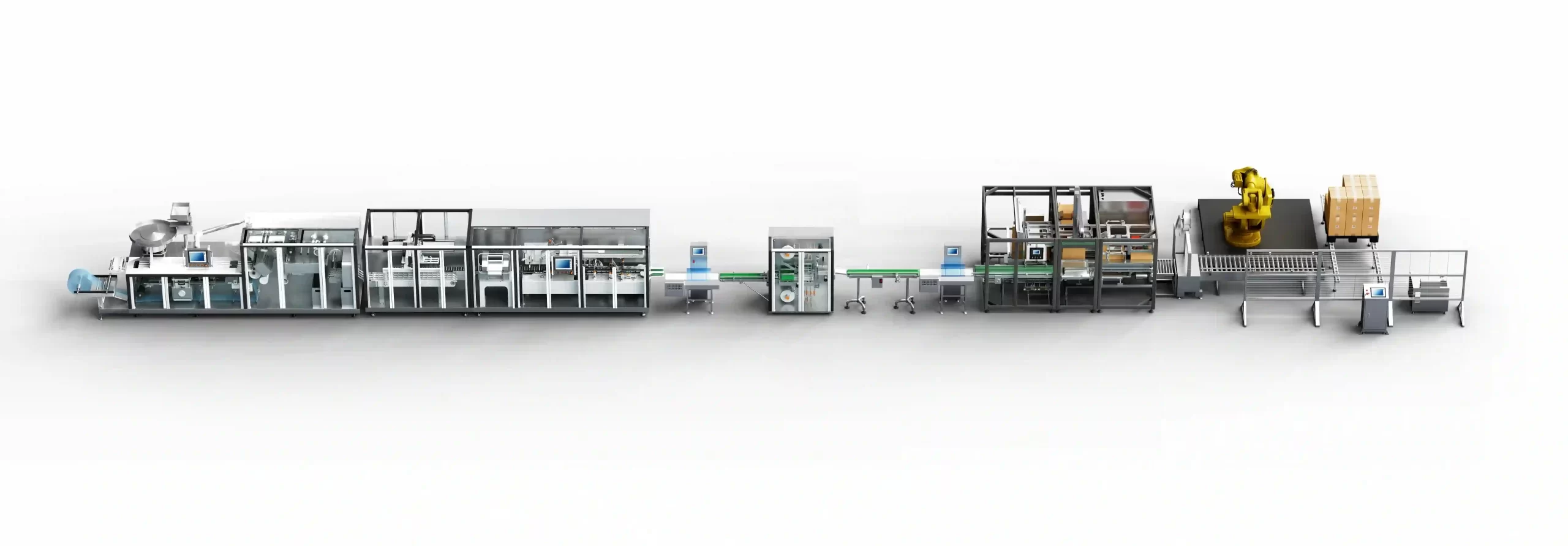
Powder Filling Line
